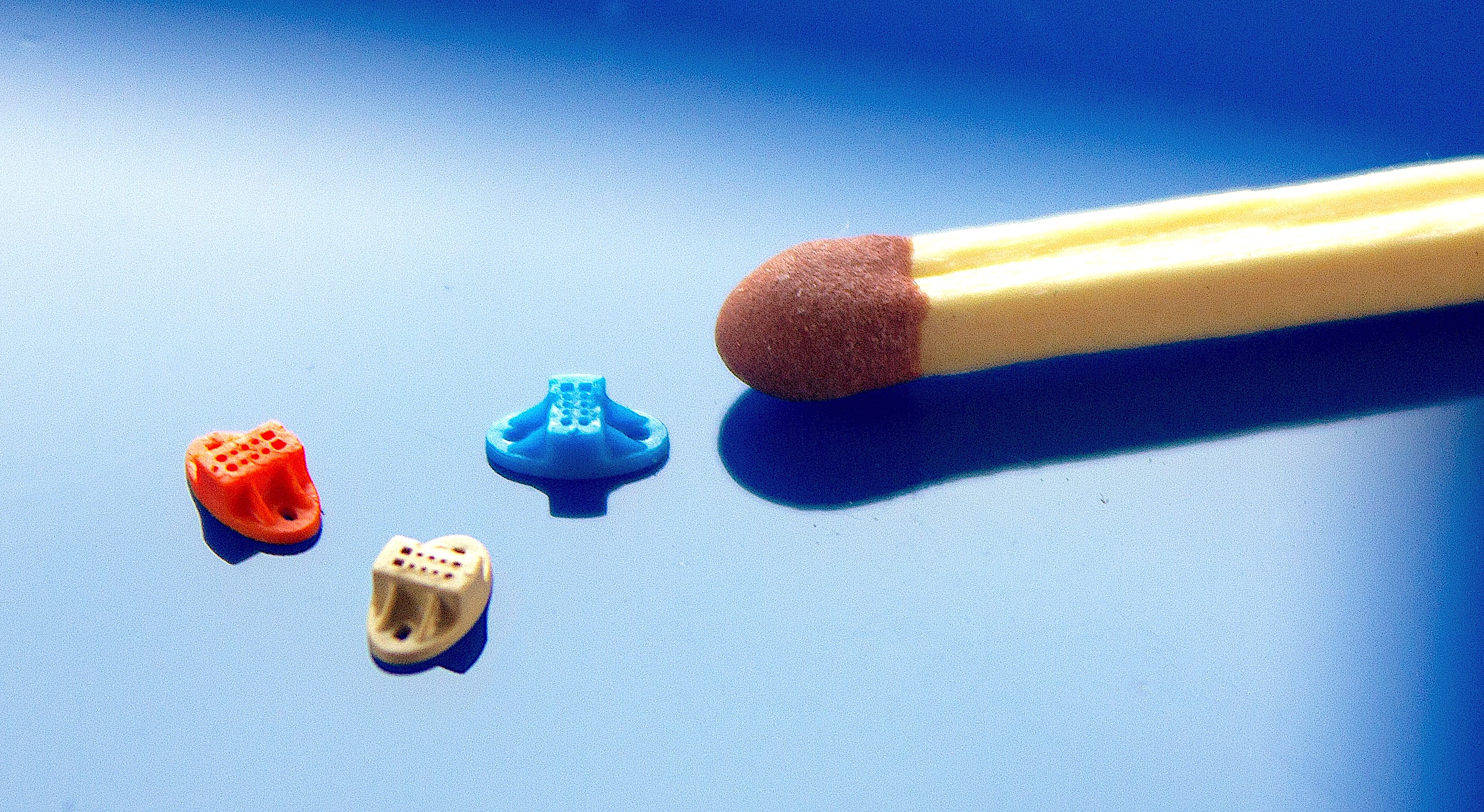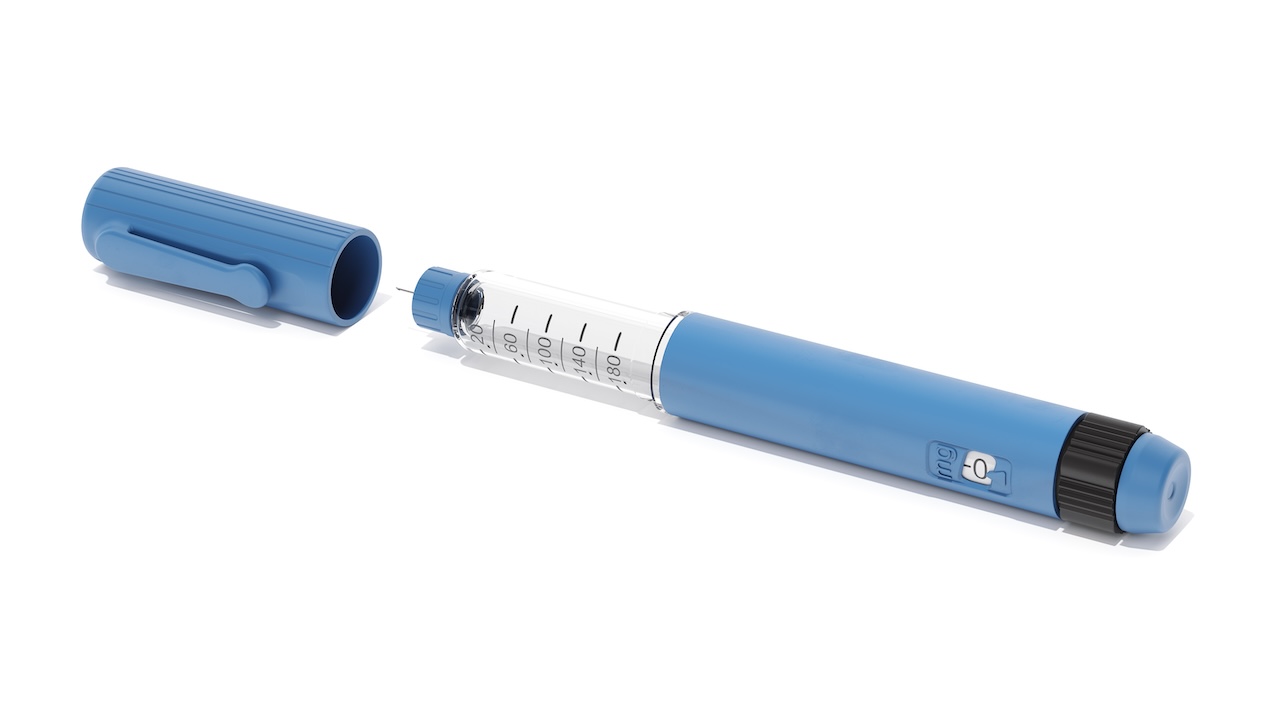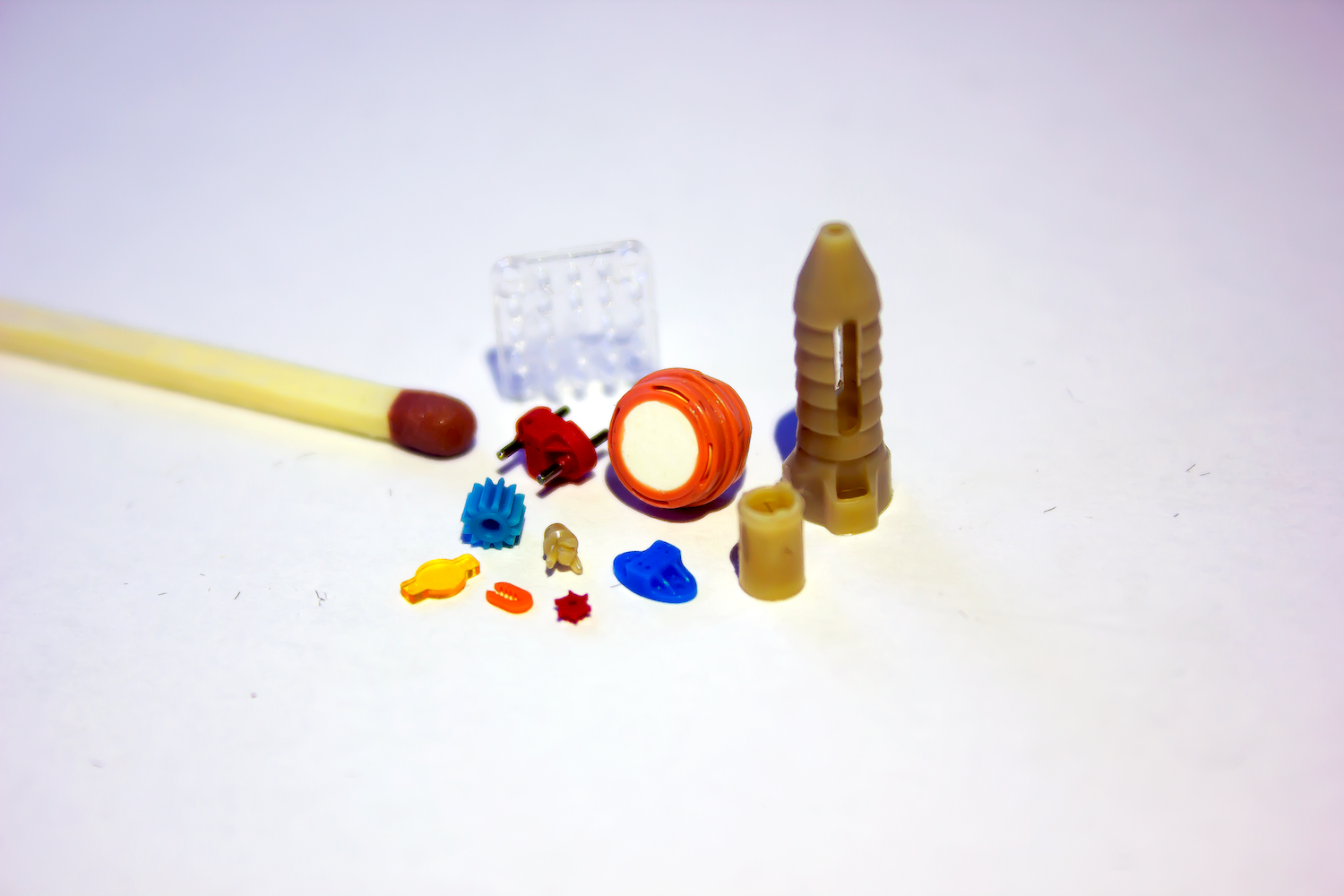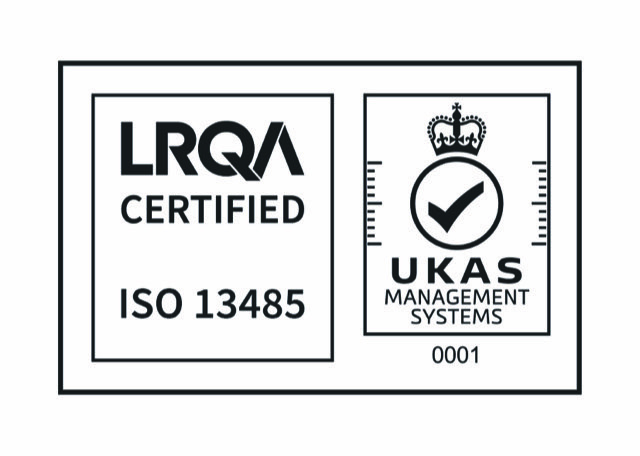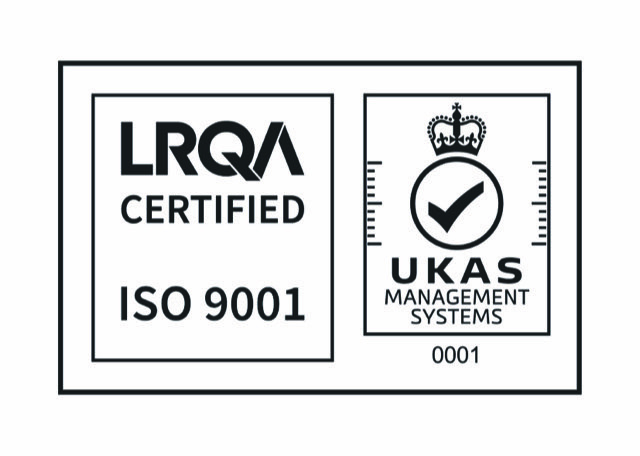Non-medical applications of Microfluidics
Microfluidics, the study of fluids on the micro- and nanometer scale, has now advanced to the point where a wide range of applications, in both medical and non-medical fields, may be served in various processes. The future research will be able to incorporate this technology into end products that can be used by both specialists and non-specialists, allowing for more effective and affordable applications.

(Photo: Micro Systems)
Microfluidics and Environmental Applications
Their primary current uses in the field of Environment include serving as sensors for the analysis of water contaminants (such as heavy metals and organic pollutants), as instruments for the detection of microorganisms (such as viruses and bacteria), and as platforms for the study of environmental issues (such as bacteria electron transfer and biofilm formation) (Wang et al., 2020).
For water testing, for example, the capability of microfluidics to do quick, on-site analysis is one of its key advantages, as this is crucial for assessing the quality of water since it permits real-time monitoring of pollutants and rapid response when necessary. Microfluidics devices can quickly and accurately test the levels of heavy metals in water samples, enabling the quick detection of contamination events and the application of corrective measures. In addition, the identification of pathogens, such as bacteria and viruses that can cause waterborne illnesses, is a significant use of microfluidics in determining water quality. Traditional detection techniques frequently call for labor- and time-intensive procedures, at the same time, generating a high number of waste. In contrast, utilising microfluidic devices can quickly detect and identify pathogens in water samples, making it possible to identify potential health hazards and take actions quickly to maintain the security of drinking water sources. Microfluidic platforms and devices have been made available in recent years for the monitoring of contaminants in a range of water sources, including drinking water, sewage water, fresh water (lakes, rivers, etc.), and saltwater at a much more affordable price (Saez et al., 2021).
As water and sanitation is one of the UN’s goals for sustainable development, it is extremely beneficial when people can test the quality of water on site without the use of expensive lab access or experts. Microfluidic technology offers a method for conducting analysis at the site of samples at remote places, resulting in shorter measurement times, increased sensitivity, enhanced selectivity, and great reproducibility.
Another interesting application of microfluidics in the environmental field is soil analysis. The EU-funded MobiLab project created a lab-on-a-chip sensor that measures soil levels of the four most crucial plant nutrients: ammonia, nitrate, phosphate and potassium. The problem of overfertilization can result in needless expenses for farmers, groundwater pollution, greenhouse gas emissions from soils and the depletion of scarce natural fertilizer supplies. The introduction of microfluidics-based soil analysis method replacing the traditional costly, time-consuming soil analysis method could help sustain plant production while minimizing harmful effects on the environment. The project researchers created a novel soil analyzer based on capillary electrophoresis that delivers quick, precise indicators of macronutrient contents. By combining soil nutrient analysis with a single microfluidic chip, the iMETOS MobiLab analyzer lowers expenses, according to project organiser Günther Kriechhammer. The project relies on creative engineering, including microfluidics, the science of manipulating and directing fluids through networks of channels with diameters ranging from tens to hundreds of micrometres, due to the structures’ micrometre scale.
Microfluidics and Energy Applications
Thanks to the extremely small dimensions of the capillaries in the microfluidic reactors and the associated high surface-to-volume ratio, microfluidic technology offers a way to get around some of the most significant shortcomings of the current techniques for synthesising nanomaterials. These traits enable quick and uniform mass transfer as well as better control over the properties of the created nanomaterials, at the same time, the compact size and distinctive geometries of such microreactors allow for fine fluid mixing control, enhanced heat transmission, simple automation, and significantly faster reaction times.
Another breakthrough research is in energy saving. A platform created by a team from the University of Toronto Engineering, motivated by the dynamic colour-changing skin of creatures like squid, enables far more control than prior methods while maintaining a cheap cost. Their prototypes are made of flat plastic sheets that have a variety of millimetre-thick tubes within that fluids may be pushed through. Customized pigments, particles, or other substances can be added to the fluids to regulate the type of light that passes through and the distribution of that light. By enhancing the wavelength, intensity, and dispersion of light, researchers behind this innovation claim to have created a multi-layered fluidic system that would lower the energy expenses associated with HVAC and lighting in buildings.
Microfluidics and the Oil/Gas industry
The Oil and Gas industry is exploiting a number of microfluidics’s advantages, including but not limited to rapid analysis, low reagent volumes, low cost, excellent control of conditions, and opportunities for separations and multiplexing, both above and below ground. Furthermore, due to the extremely tiny volumes (and small areas) involved, high pressures with microfluidics are readily managed in contrast to conventional big pressure/volume/temperature cells. Microfluidics can be used for oil and gas analysis, property measurement, enhanced oil recovery and hydraulic fracturing.
A PhD researcher from the University of Aberdeen also came up with a revolutionizing idea that will enable businesses to assess oil samples on-site. The technology has the potential to provide significant cost and time benefits across a wide range of businesses by eliminating the need to ship samples back to labs onshore.
Microfluidics technology is also ideal for removing crude oil from porous rocks that has been combined with contaminants or is in a dynamic condition. These crude oils can call for quick modifications to the extraction process. Characterizing the fluid permeating the rocks is required in order to efficiently extract crude oil resources there. The complexity of fluid flow through a porous medium is governed by factors like connectedness and tortuosity. The intricate interactions between the fluid and the geometry of the pore structure and the surface also have an impact on the fluid itself. Within 30 minutes, the tested microfluidic device can measure the asphaltene content, with a concentration range of 0.1% to 15%.
Microfluidics and the Food industry
Microfluidics can have the power to transform the food industry, with applications including the encapsulation of fish oil in nanoparticles, the detection of antibiotics in dairy products, the generation of novel food structures, and the monitoring of pathogens and toxins in food and water supplies (Neethirajan et al., 2011). Microfluidics also enables applications in agriculture and animal sciences, such as nutrient monitoring, plant cell sorting for enhancing crop quality and production, efficient biopesticide delivery, streamlined in vitro fertilisation for animal breeding, animal health monitoring, vaccination, and therapeutics (Neethirajan et al., 2011).
For example, the MOLOKO project aims to manufacture, put into use, and validate a self-managing, automatic, miniature integrated photonic sensor that will be used as process analytical instrumentation for fast-response, on-site monitoring of interest analytes for security and quality within the milk supply chain. By implementing a highly-integrated optoplasmonic-microfluidic sensor in the strategic checkpoints along the entire supply and value chain of milk, the project specifically aims to realise multiplexing quantitative detection of up to 10 analytes, including food safety parameters such as antibiotics (e.g. penicillin, ampicillin, cephalonium) and toxins (e.g. mycotoxins and bacterial toxins) and food quality parameters such as lactoferrin and caseins.
Interestingly, microfluidic applications are also showing quick progress in monitoring the safety and quality of packaged food products, including time-temperature indicators, critical temperature indicators, food microbe sensors, food quality detectors, and active food packaging. Smart packaging technology, which is capable of more than simply protection and confinement, could become the future of food packaging (Pou et al., 2022).
References:
Wang, T., Yu, C. and Xie, X. (2020) ‘Microfluidics for environmental applications’, Microfluidics in Biotechnology, pp. 267–290. doi:10.1007/10_2020_128.
Saez, J. et al. (2021) ‘Microfluidics and materials for Smart Water Monitoring: A Review’, Analytica Chimica Acta, 1186, p. 338392. doi:10.1016/j.aca.2021.338392.
Neethirajan, S. et al. (2011) ‘Microfluidics for Food, agriculture and Biosystems Industries’, Lab on a Chip, 11(9), p. 1574. doi:10.1039/c0lc00230e.
Pou, K.R.J., Raghavan, V. and Packirisamy, M. (2022) ‘Microfluidics in smart packaging of foods’, Food Research International, 161, p. 111873. doi:10.1016/j.foodres.2022.111873.
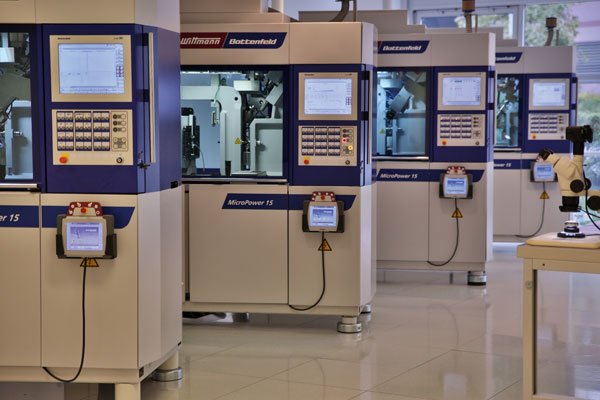
Micro Systems’s vast know-how in design, ultra-precision micro machining capabilities and expert knowledge in micro molding technology allow us to manufacture advanced microfluidic molds with tolerance as low as +/-0.001mm, with integrated optics. We have a dedicated micro molding facility, and have ISO13485 and ISO9001 certifications. For more information, please Contact us or visit our website.

